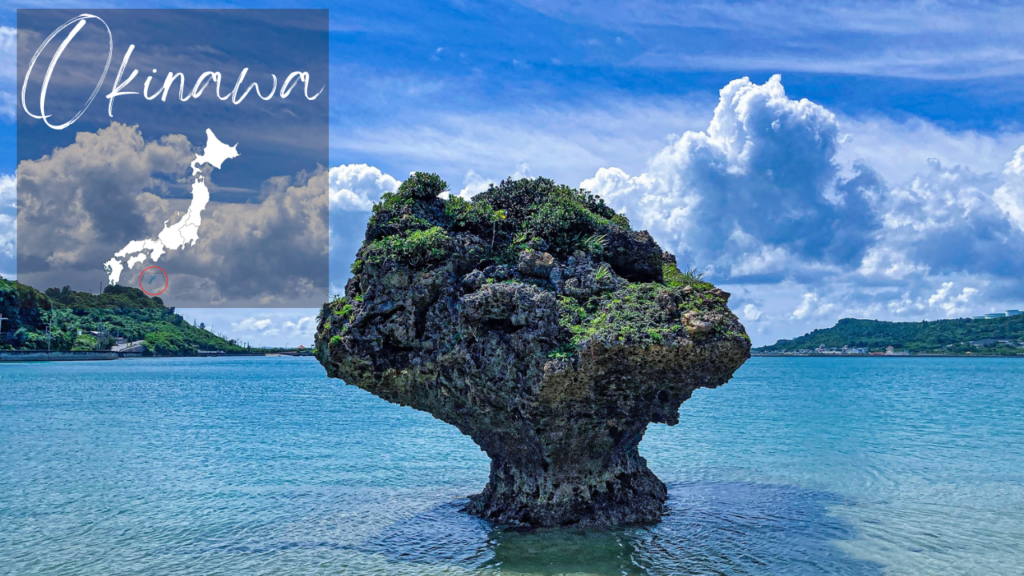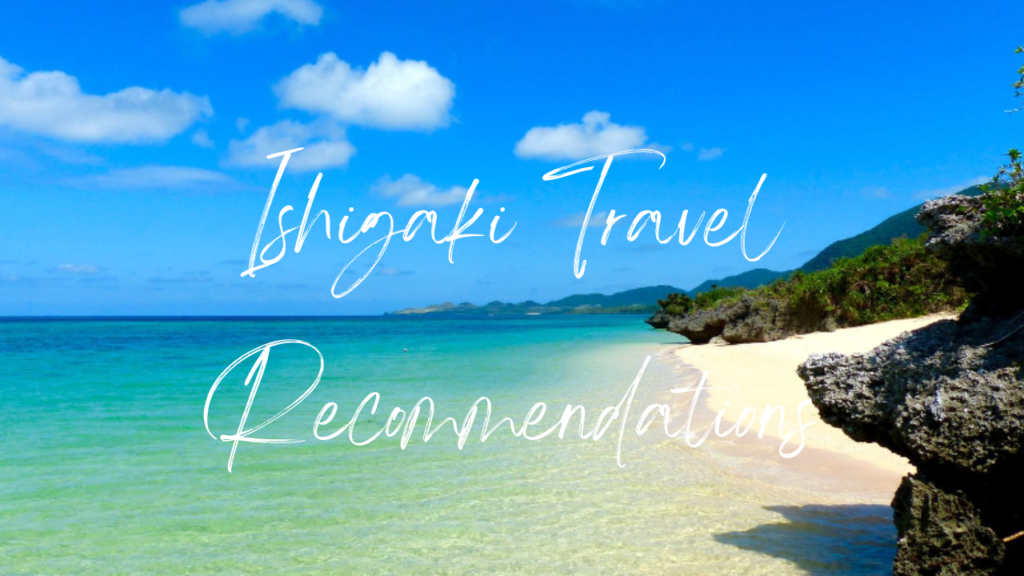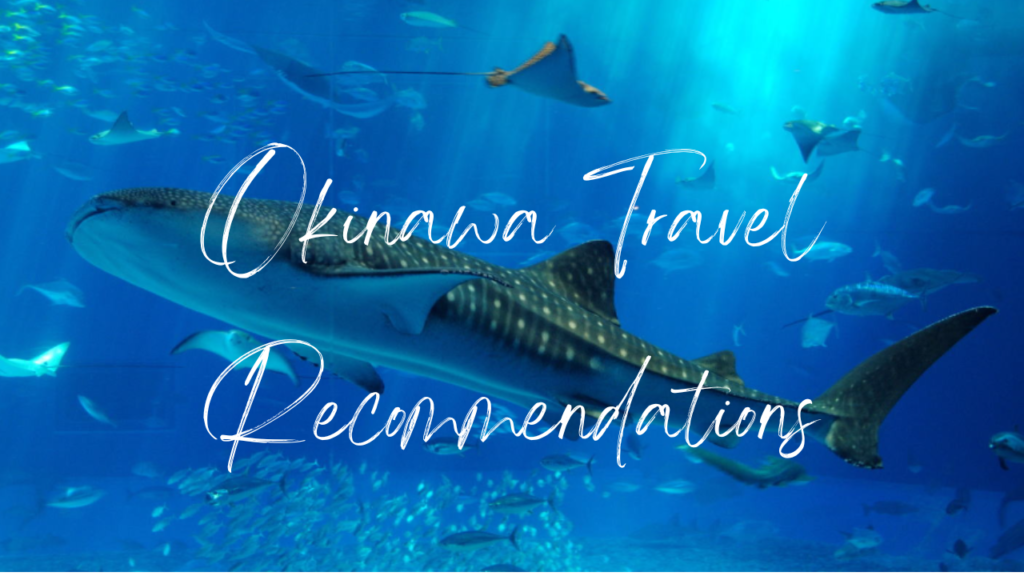Contents
- 1 Overview of Okinawa
- 2 History of Okinawa
- 3 Islands of Okinawa
- 4 Top 10 best things to do in Okinawa
- 4.1 Visit Shuri Castle
- 4.2 Explore Churaumi Aquarium
- 4.3 Try Okinawan cuisine
- 4.4 Visit Nakijin Castle Ruins
- 4.5 Experience traditional Okinawan culture
- 4.6 Take a trip to the Kerama Islands
- 4.7 Visit Cape Manzamo
- 4.8 Go to Okinawa World
- 4.9 Walk around Kokusai Street
- 4.10 Visit the Okinawa Peace Memorial Park
- 5 Conclusion
Overview of Okinawa
Okinawa Prefecture is located in the southernmost part of Japan and is an archipelago of over 150 small islands, with the largest being Okinawa Island. The prefecture has a rich history and unique culture that sets it apart from the rest of Japan. It is known for its beautiful beaches and crystal-clear waters, making it a popular tourist destination.
Geographically, Okinawa Prefecture is located between the East China Sea and the Pacific Ocean. The main island, Okinawa Island, is approximately 1,000 km (620 miles) from Tokyo and 400 km (250 miles) from Taiwan. The prefecture covers an area of 2,271.30 km² and has a population of approximately 1.4 million people.
Okinawa is a peaceful and prosperous prefecture. The economy is driven by tourism, agriculture, and fishing. The prefecture is known for its unique cuisine, which blends Japanese and Okinawan flavors, as well as its handicrafts such as pottery, textiles, and glassware. The Okinawan people are known for their longevity and healthy lifestyles, which has attracted attention from researchers around the world.
One of the most notable landmarks in Okinawa is Shuri Castle, which was the royal palace of the Ryukyu Kingdom. The castle was destroyed during the Battle of Okinawa in 1945 but has since been reconstructed and is now a UNESCO World Heritage site. Other popular tourist destinations include the Churaumi Aquarium, the Okinawa Prefectural Peace Memorial Museum, and the Okinawa World theme park.
One of the most unique features of Okinawa culture is its music, which is performed using traditional instruments such as the sanshin, a three-stringed banjo-like instrument. The music and dance form a part of local festivals and celebrations. Another aspect of Okinawan culture is Karate, which originates from the prefecture and is now practiced worldwide.
Okinawa has a subtropical climate with mild temperatures throughout the year, making it an ideal vacation destination. The beaches are a popular attraction with clear blue waters and coral reefs. The prefecture also has a rich marine environment, with a diverse range of marine life that includes whale sharks, sea turtles, and tropical fish.
In recent years, Okinawa has experienced population growth, infrastructure development, and tourism growth, which has contributed to the prefecture’s economic development. However, there have been some tensions related to the presence of U.S. military bases on the islands, which have created some social and environmental issues.
History of Okinawa
The first human settlements on Okinawa date back to the Paleolithic era, and evidence of rice cultivation and iron tools from the Yayoi period (300 BC-300 AD) suggests that the islands were a center of exchange and interaction between different cultures. By the 8th century, Okinawa was known as the Ryukyu Kingdom, with a royal court established in Shuri, the capital city.
The Ryukyu Kingdom had a complex system of hierarchical relationships with China, Korea, and Japan, in which they paid tribute and received recognition for their cultural and commercial achievements. Okinawa played an important role as a mediator in the trade routes between the three countries, exporting goods such as textiles, lacquerware, and ceramics while importing luxury items such as silk, tea, and books.
During the 15th century, the Ryukyu Kingdom became more prosperous and influential, and the ruling dynasty established a navy and a diplomatic corps to expand their influence abroad. The kingdom also developed a unique culture and arts, including the Ryukyu classical music and dance, which incorporated elements from Chinese and Japanese traditions.
In the 16th century, the Ryukyu Kingdom faced new challenges as European explorers and traders began to enter Asia through the Pacific. The kingdom had some interactions with the Portuguese, the Dutch, and the Spanish, but they adopted a policy of trade restrictions and limited contact with outsiders to avoid falling under the influence of European powers.
The arrival of the Satsuma Domain, a powerful feudal domain from mainland Japan, in the 17th century marked a new turning point in Okinawa’s history. The Satsuma Domain saw Okinawa as a potential source of wealth and strategic advantage, and they imposed heavy tribute demands and implemented a series of reforms that aimed at integrating Okinawa into the Japanese system.
During World War II, Okinawa became the site of one of the deadliest battles in the Pacific, as American forces launched a massive invasion and battle for control of the island chain. The battle lasted for three months, resulted in the deaths of over 100,000 people, and left Okinawa devastated.
After the war, Okinawa became a crucial base for the US military’s operations in Asia, and the presence of military installations and personnel has remained a contentious issue for many Okinawans who want greater control over their land and resources. In recent years, there have been efforts to revitalize Okinawa’s unique culture and history, and to promote tourism and economic development while preserving the environment and heritage of the islands.
Islands of Okinawa
Okinawa is home to some of the most stunning islands in Japan. Each island has a unique beauty to offer, making it an ideal destination for tourists. In this article, we will recommend the top islands in Okinawa and explain each in detail, including the transportation to get to the island.
Ishigaki Island
This island is known for its white sandy beaches, crystal-clear waters, and colorful coral reefs. It is one of the best islands in Okinawa for water sports, especially snorkelling and scuba diving. To get to Ishigaki Island, you can take a direct flight from Tokyo, Osaka or Naha to Ishigaki Airport.
Here are some Ishigaki Island Travel Recommendations.
Okinawa Island
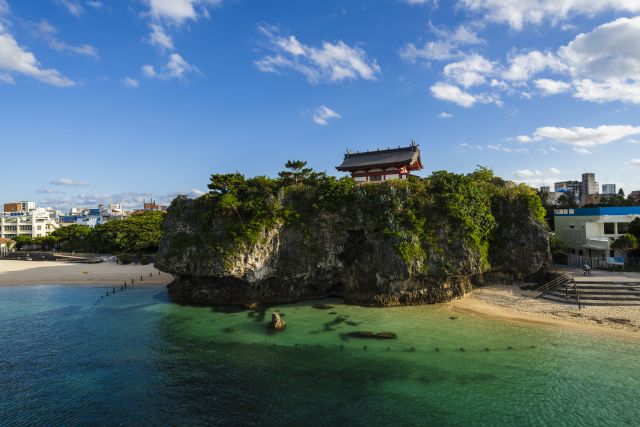
This is the largest of all the islands in Okinawa and is also known as the main island. It is home to some of the best beaches in Japan, such as Emerald Beach and Sunset Beach. The island also has a rich culture and history, which can be seen in the Shurijo Castle and the Okinawa Churaumi Aquarium. To get to Okinawa Island, you can take a direct flight from Tokyo, Osaka or other major cities in Japan.
Here are some Okinawa Island Travel Recommendations.
Miyako Island
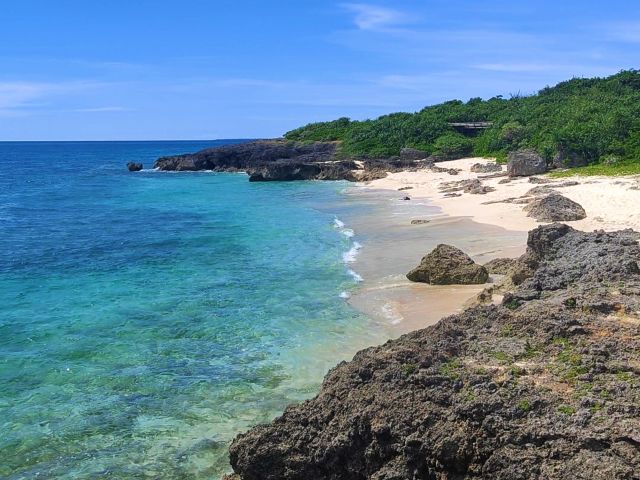
This is one of the most popular islands in Okinawa, known for its stunning beaches and crystal clear waters. The island is also famous for its traditional Ryukyu culture, which can be seen in the local crafts and delicacies. To get to Miyako Island, you can take a direct flight from Tokyo, Osaka or Naha to Miyako Airport.
Here are some Miyako Island Travel Recommendations.
Kume Island
This island is known for its lush greenery, mountains, and stunning blue waters. It is also home to some of the most beautiful beaches in Okinawa, such as Hatenohama Beach and Eef Beach. To get to Kume Island, you can take a direct flight from Naha to Kumejima Airport.
Here are some Kume Island Travel Recommendations.
Top 10 best things to do in Okinawa
Visit Shuri Castle
Shuri Castle is a UNESCO World Heritage Site and one of Okinawa’s most popular landmarks. It served as the royal palace of the Ryukyu Kingdom and represents the unique blend of Japanese and Chinese architectural styles.
Explore Churaumi Aquarium
This aquarium is one of the largest in the world and houses a variety of marine life, including whale sharks, manta rays, and sea turtles. It also features an impressive Kuroshio Sea tank that replicates the natural environment of the ocean.
Try Okinawan cuisine
Okinawa has its own unique cuisine that differs from mainland Japan. Some of the must-try dishes include Goya Champuru (bitter melon stir-fry), Taco Rice (a fusion dish of taco filling on top of rice), and Okinawa Soba (noodles in pork broth).
Visit Nakijin Castle Ruins
Nakijin Castle is another UNESCO World Heritage Site and was once the seat of the kingdom of Hokuzan. The ruins offer a glimpse into Okinawa’s rich history.
Experience traditional Okinawan culture
There are various cultural experiences available for tourists, such as traditional music and dance performances, Ryukyu glass blowing, and pottery making.
Take a trip to the Kerama Islands
This group of islands is located southwest of Okinawa and offers some of the best snorkeling and diving spots in Japan. The crystal-clear waters are home to a diverse range of marine life.
Visit Cape Manzamo
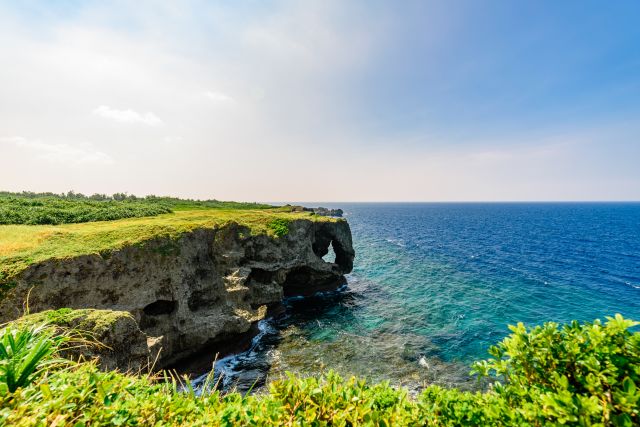
Cape Manzamo is a scenic spot located in Onna Village. The unique rock formations and stunning views of the ocean make it a popular place for photography.
Go to Okinawa World
This theme park offers a glimpse into traditional Okinawan life and features attractions such as a limestone cave, a snake museum, and a craft village.
Walk around Kokusai Street
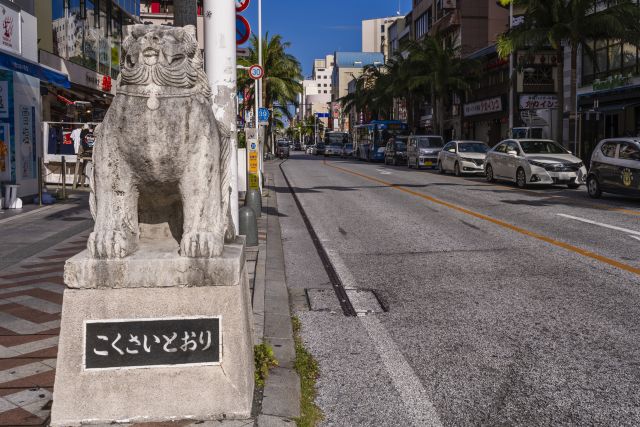
This street in Naha City is the busiest and most popular shopping district in Okinawa. You can find a variety of local souvenirs, traditional crafts, and street food.
Visit the Okinawa Peace Memorial Park
This park serves as a reminder of the devastating Battle of Okinawa during World War II. Visitors can pay their respects to those who lost their lives and learn about the importance of peace.
Conclusion
In conclusion, Okinawa prefecture in Japan is a captivating destination that offers a unique blend of culture, natural beauty, and relaxation. From its stunning beaches and crystal-clear waters to its rich history and vibrant cultural traditions, Okinawa has something for every traveler.
Exploring Okinawa allows visitors to immerse themselves in the Ryukyuan culture and experience the warmth and hospitality of the local people. The prefecture is known for its vibrant festivals, such as the Naha Great Tug-of-War and the Eisa Dance Festival, where you can witness traditional music, dance, and costumes.
Nature enthusiasts will be captivated by the pristine beaches, coral reefs, and lush forests of Okinawa. Snorkeling, diving, and kayaking offer opportunities to explore the vibrant marine life, while hiking trails lead to breathtaking viewpoints and hidden waterfalls.
The historical sites of Okinawa provide a glimpse into the prefecture’s rich past. From the ancient ruins of Nakijin Castle and the preserved traditional houses of the Ryukyu Village to the somber reminders of World War II at the Peace Memorial Park and Museum, there are plenty of historical and cultural landmarks to discover.
The cuisine of Okinawa is a highlight in itself, with its emphasis on fresh seafood, tropical fruits, and unique local dishes. From the savory flavors of goya champuru and taco rice to the refreshing taste of shikuwasa juice, Okinawan cuisine offers a delightful culinary journey.
In summary, Okinawa prefecture is a tropical paradise that offers a unique blend of culture, nature, and relaxation. Whether you seek adventure in the ocean, cultural experiences, or simply a tranquil beach getaway, Okinawa has it all. So, embark on a journey to Okinawa and create memories that will last a lifetime in this enchanting part of Japan.

